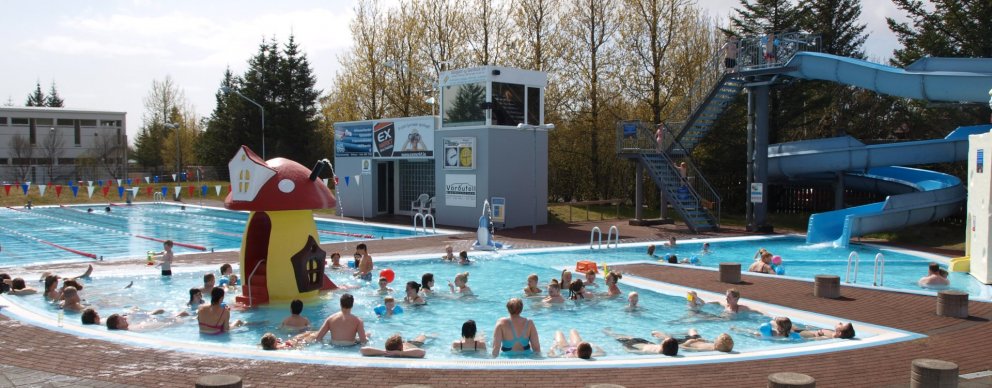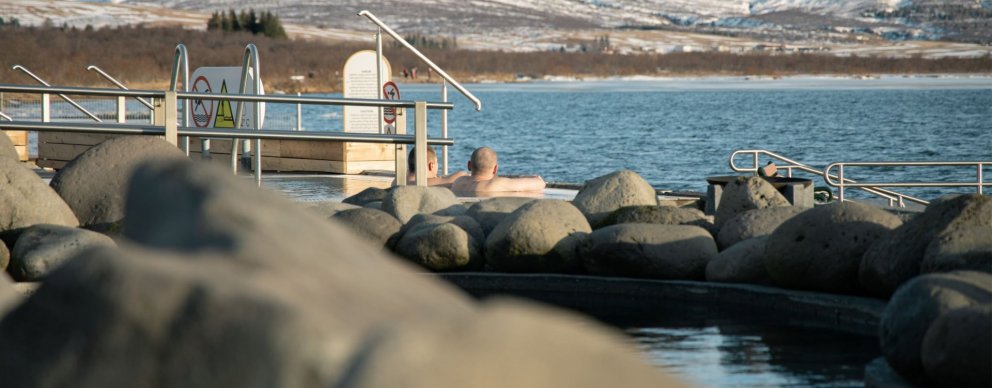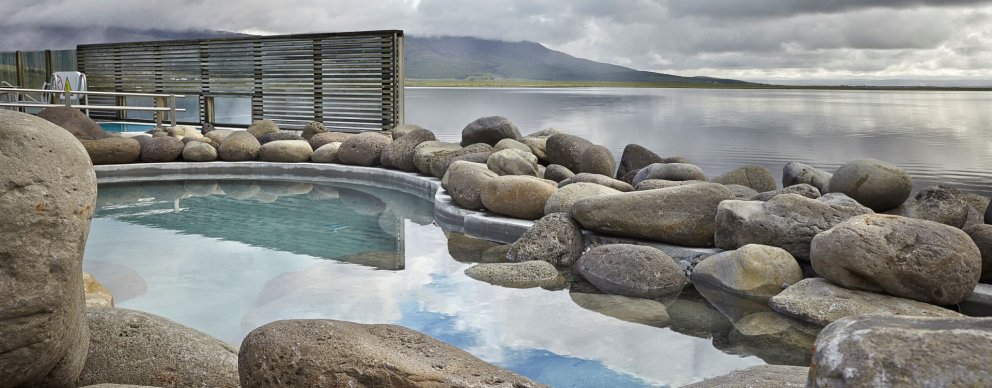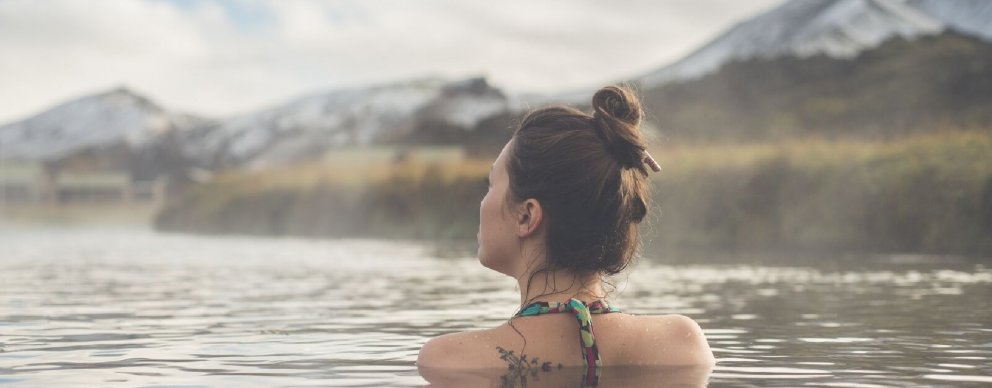Geothermal energy is one of Iceland´s most important power sources. Geothermal energy primarily comes from heat stored in the Earth’s core. Magma deep in the core heats the surrounding rock, and rainwater seeped through the ground. A part of the hot water returns to the surface as hot springs. A larger part remains trapped underground in porous rocks and fissures termed geothermal reservoirs. Icelanders have utilized geothermal energy for laundry and bathing and cooking, and baking since the country was first settled. Hot water was first pumped from the ground in 1928 for commercial and residential utilization, and the Reykjavík Geothermal Heating Plant was established in 1943. Today, geothermal heating plants exist throughout the country, and the hot water is used for heating homes and public swimming pools. Hot water is also utilized in the production of electricity. In geothermal areas, particularly in the south of the country, there is much cultivation, and there are many greenhouses where fruits, vegetables, and flowers are grown. Geothermal energy also creates plenty of natural hot pools in many shapes and sizes, where one can bathe year-round. The south of Iceland has several of these pools, with the hot river in Reykjadalur being one of the better known. The majority of these pools are open to the public, but some are privately owned, and the owners determine fees and rules of admission.

There are swimming pools all over the country, large ones, and small ones, and all are heated. Most are outdoor pools, but a few are indoors. Extremely popular with locals and visitors alike, Icelandic pools are open throughout the year.

Few things are cozier than relaxing in a hot pool in the middle of nature. Iceland has an abundance of easily accessible natural pools.


